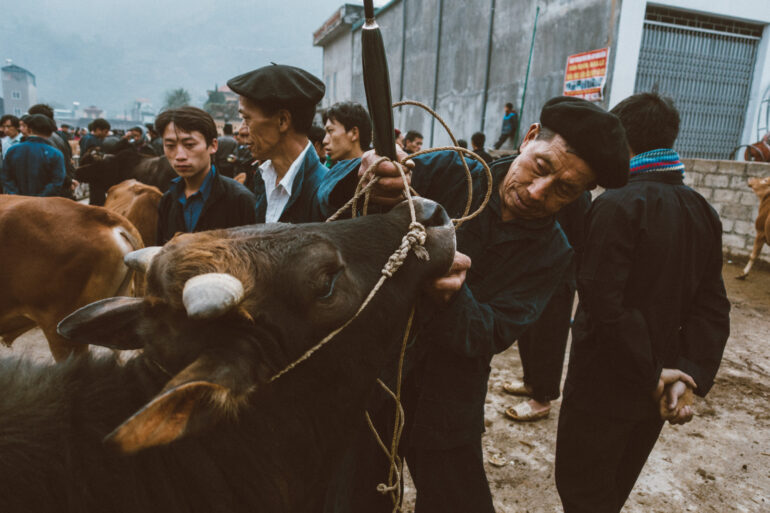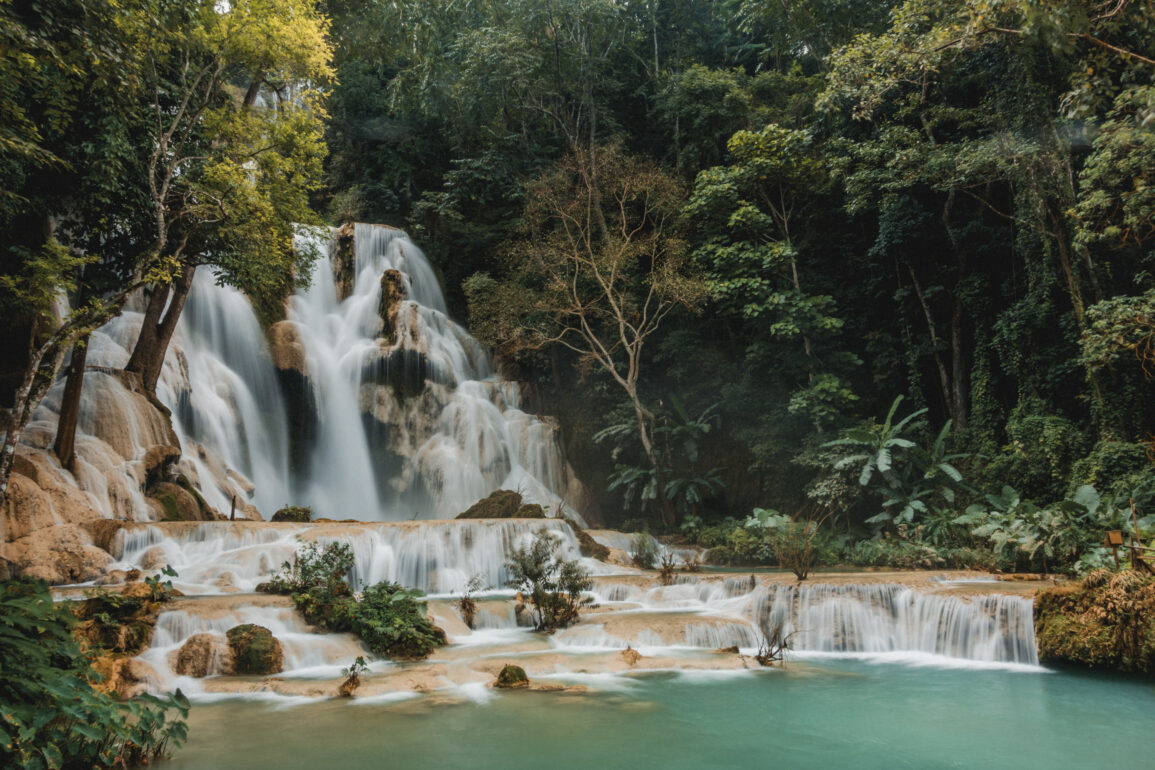We may earn a commission when you purchase through affiliate links. Learn more.
Ten years ago, I published a hands-on review on the advanced compact Sony RX100 III, and that review of the third iteration of Sony’s RX100 series has since become one of the most popular articles on ItsJustLight.com, still drawing thousands of visitors to the site each month (thank you!). Even though it’s more than a decade old, the RX100 III is still a camera that sells incredibly well on the used market and remains beloved by photographers around the world. I was so impressed with this pocketable camera that after testing and reviewing it, I bought one for myself, bringing it across the world on some incredible adventures. From the humid jungles of Cambodia to the smoldering volcanoes of Indonesia (and an awful lot of places in between), this camera captured memories and moments that I’ll never forget thanks to the spectacular photos and videos it captured. It survived many a monsoon season downpour, some (accidental) drops into the mud, and many near disasters, yet it continued to produce incredible images that have made the Sony RX100 cameras among my favorite of all time.
With seven models in this legendary camera lineup released from 2012-2019, Sony’s RX100 series has evolved dramatically, with each model adding more advanced features. In this article, we’ll do a quick overview of the entire RX100 lineup, then dive into the latest model, the RX100 VII, exploring whether this might just be the final chapter in Sony’s iconic compact camera series or whether there may be a new 8th version, with an RX100 VIII still to come.
Falling in Love with the Sony RX100 Series
 When I travel, I take a lot of photos. A lot, a lot. For someone who has always had a camera in hand since long before I began doing it professionally, photography has been my way of both cementing moments in my memory and keeping a visual journal for myself and for others. My travels across numerous countries around the world have been life-changing, and during so many of them, my little RX100 III churned out tens of thousands of images, captured memorable videos, and served as a reliable tool that enabled me to capture wildly high-quality photos (and videos) without toting around several kilos of gear.
When I travel, I take a lot of photos. A lot, a lot. For someone who has always had a camera in hand since long before I began doing it professionally, photography has been my way of both cementing moments in my memory and keeping a visual journal for myself and for others. My travels across numerous countries around the world have been life-changing, and during so many of them, my little RX100 III churned out tens of thousands of images, captured memorable videos, and served as a reliable tool that enabled me to capture wildly high-quality photos (and videos) without toting around several kilos of gear.
What I love about the RX100 series is that it balances portability with professional-grade performance that comes from a large one-inch sensor and sharp glass squeezed into a pocketable camera that barely draws attention. From the very first RX100 model released in the summer of 2012, Sony helped to usher in a new era of pushing the boundaries on what was possible from compact cameras. The inclusion of a 20.2 MP Exmor CMOS sensor combined with a 28-100mm equivalent f/1.8-4.9 lens helped to make this camera an instant standout. Six additional models further refined the concept over the following seven years, adding features like stacked sensors, new lenses with more reach, improved burst shooting, faster autofocus, 4K video capture, touchscreen interfaces, and more. For photographers, both professional and amateur alike, who wanted high quality from a small, pocket-size camera, the RX100 series has consistently remained one of the best options available.

A Quick History and Buying Guide for the RX100 Series
The Sony RX100 series has undergone an incremental evolution since its introduction back in 2012, with each model building on the success of its predecessor with key advancements that kept the series competitive in a crowded compact camera market. From the first RX100, which redefined what compact cameras could achieve with its large sensor and fast lens, to the most recent RX100 VII, which introduced real-time tracking and Eye AF, this series has consistently pushed the boundaries of what’s possible in a pocket-sized camera. Below, we’ll briefly review the history of each model in the RX100 lineup and the innovative features that defined them to help you buy the right version for you.
-
- Sony RX100 – June 2012
The original Sony RX100 introduced a 1-inch 20.2 MP Exmor CMOS sensor and was a major achievement for advanced compact cameras at the time. It featured a fast f/1.8-4.9 28-100mm equivalent lens, which made it great for producing beautiful bokeh and delivering good low-light results.
See it on Amazon
- Sony RX100 – June 2012
-
- Sony RX100 II – June 2013
This model added a back-illuminated sensor, which further improved low-light performance. The RX100 II also saw the introduction of a Multi Interface Shoe to use an external viewfinder or flash as well as a tiltable LCD screen. It also added Wi-Fi and NFC for easier sharing and remote control via smartphones.
See it on Amazon
- Sony RX100 II – June 2013
-
- Sony RX100 III – May 2014
The Sony RX100 III introduced a built-in, pop-up electronic viewfinder and a wider 24-70mm equivalent f/1.8-2.8 lens, replacing the 28-100mm f/1.8-4.9 from the previous models.
See it on Amazon
- Sony RX100 III – May 2014
-
- Sony RX100 IV – June 2015
The RX100 IV introduced a stacked 20.1 MP Exmor RS CMOS sensor, improving processing speed and efficiency. This model was the first to offer 4K video recording and featured super slow-motion video at up to 960fps.
See it on Amazon
- Sony RX100 IV – June 2015
-
- Sony RX100 V – October 2016
The RX100 V improved autofocus speed to 0.05 seconds with 315 phase-detection points. It also increased the continuous shooting speed to 24fps and expanded the buffer size, making it useful for fast-moving subjects.
See it on Amazon
- Sony RX100 V – October 2016
-
- Sony RX100 VI – June 2018
This model expanded the zoom range to 24-200mm with an f/2.8-4.5 aperture, adding versatility for different types of photography without significantly increasing the camera size. It also brought touchscreen functionality for focus control.
See it on Amazon
- Sony RX100 VI – June 2018
-
- Sony RX100 VII – July 2019
The RX100 VII introduced real-time tracking and Eye AF for both humans and animals, improving autofocus precision. It also added a 3.5mm microphone input for vloggers and maintained blackout-free shooting at 20fps.
See it on Amazon
- Sony RX100 VII – July 2019
The RX100 VII: Still a Great Option in 2025
In August of 2019, Sony released the most up-to-date version of its pocket-sized pro-featured camera, the Sony RX100 VII. With its 20.1-megapixel stacked CMOS sensor, the RX100 VII introduced cutting-edge features like real-time tracking and Eye AF for humans and animals, significantly improving autofocus performance. It also added a 3.5mm microphone input for better audio capture—a first in the RX100 series—making it a great option for vloggers and content creators. The camera’s 24-200mm f/2.8-4.5 zoom lens and 20fps blackout-free burst shooting ensured it remained an incredibly versatile tool for both photographers and videographers alike.
- 20. 1MP 1. 0 Type stacked CMOS sensor, Zeiss Vario Sonnar T 24 200 millimeter F2. 8 F4. 5 large aperture...
- 0. 02 sec. High AF speed, 357 point focal plane Phase detection AF and 425 point contrast detection AF
- Up to 20 fps blackout free shooting, using up to 60 times/sec. AF/AE calculations. Diopter Adjustment:...
- AI based real time tracking for stills and movies, and touch tracking. Real time eye AF for human (stills...
RX100 VIII Rumors: Will Sony Release a Successor to the RX100 VII?
Sony RX100 VIII rumors have been circulating for years, and in 2025, speculation seems to have picked up again. Looking at the RX100’s relatively consistent release history, one might have reasonably expected a new version by 2020. But 2020 came and went, followed by radio silence. Now in 2025, the RX100 VII remains the most recent model, still enjoying strong sales. Has Sony moved on? When will an RX100 VIII be released? With smartphones offering RAW image capture and 4K video, perhaps compact cameras seemed like a bad investment to the brand?
Despite the rise of alternatives and lightweight mirrorless cameras, there’s been a resurgence in interest for fixed-lens, compact-form cameras, driven in part by social media platforms like TikTok. Cameras like the Fuji X100 VI, Ricoh GR IIIx, and Sony RX100 VII have all been in hot demand thanks to this renewed interest. While the market has diversified, the RX100 series still holds its own, combining portability with pro-level features that continue to make it relevant today.
Sony has consistently driven innovation in the camera world, introducing impressive advances in autofocus, video capabilities, and sensor technology across their product lines. It would be exciting to see some of these updated advanced features and specs make their way into the small, pocketable body of an RX100 VIII. The fact that, even after half a decade, the Sony RX100 VII still holds its own in the market is a real testament to the lasting impact of the RX100 series and the quality of the images and videos these small cameras can produce. For anyone reviewing their options for a feature-rich compact camera that’s well suited for travel, the RX100 VII remains a strong contender, demonstrating the powerful legacy Sony has built with this iconic lineup. I’m keeping my eyes eagerly peeled for any official announcements about a new RX100 model, and it seems like many others are as well. Perhaps 2025 will be our year for the RX100 VIII!


